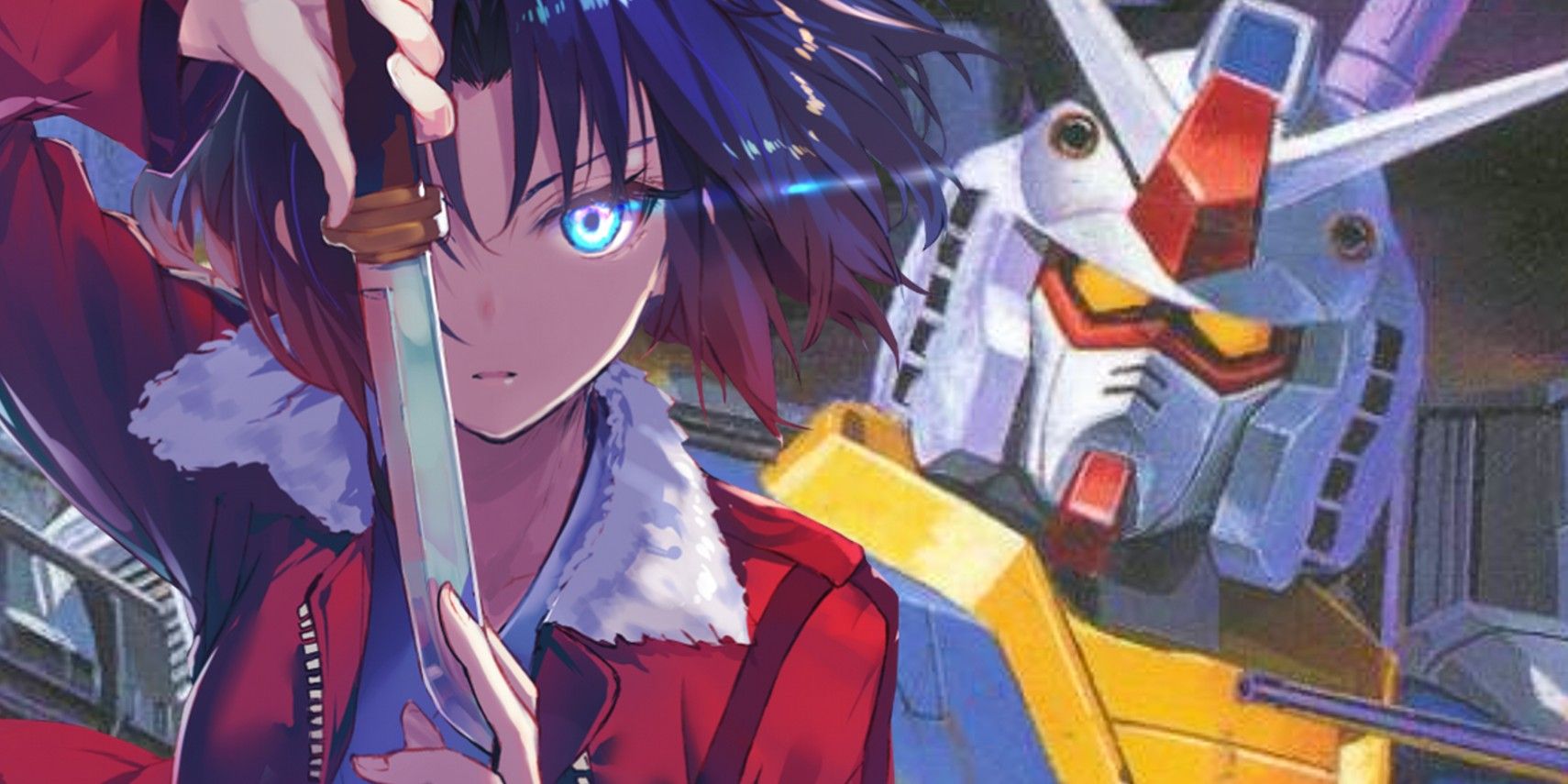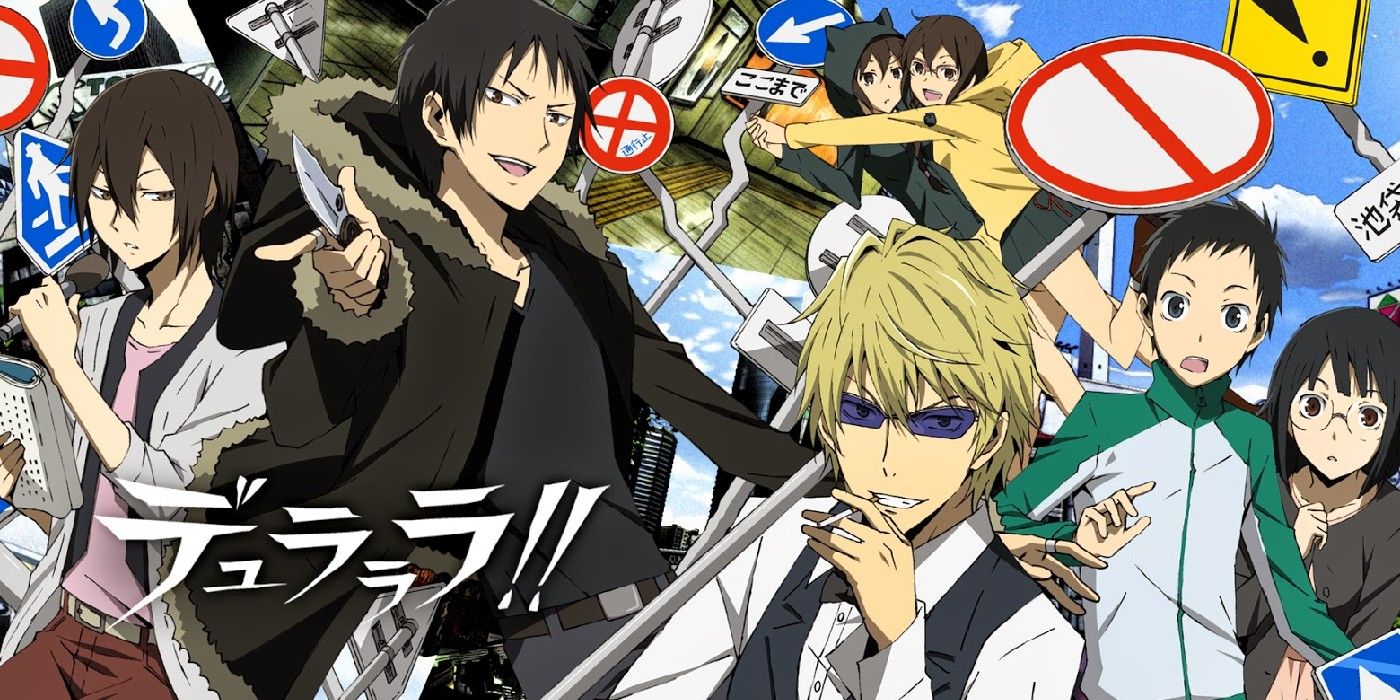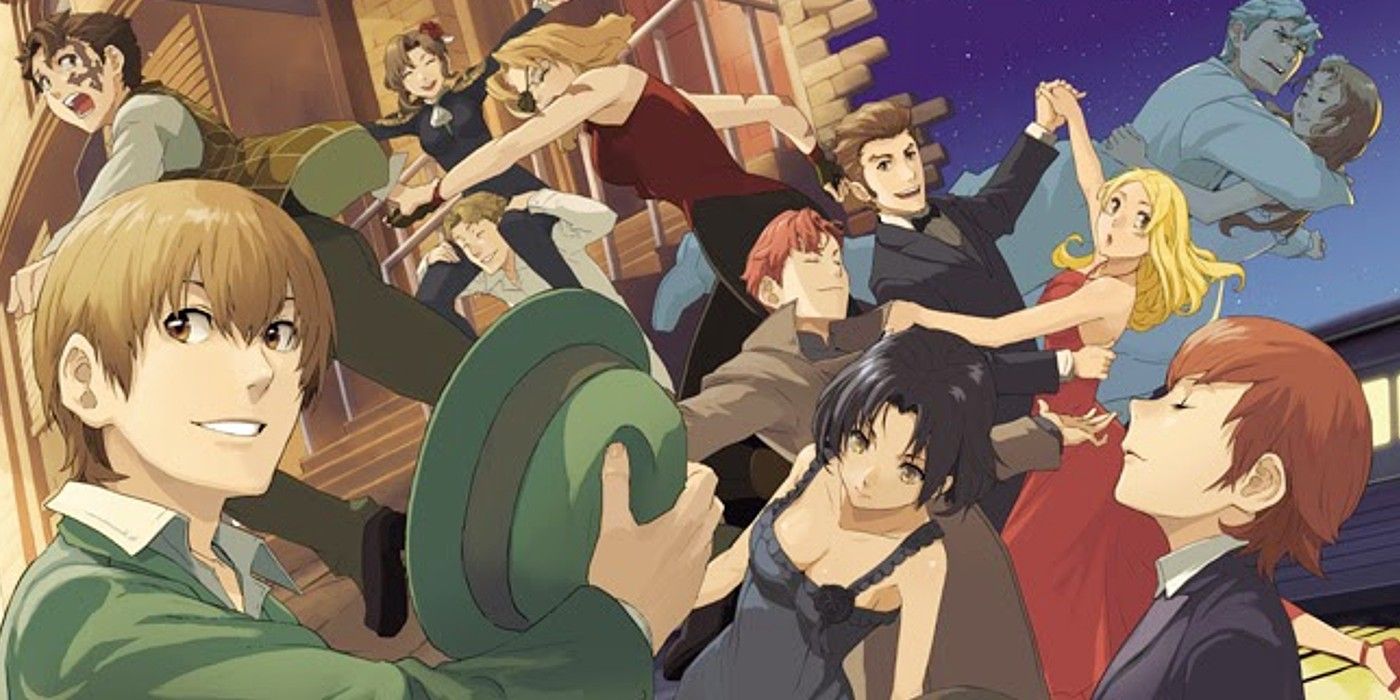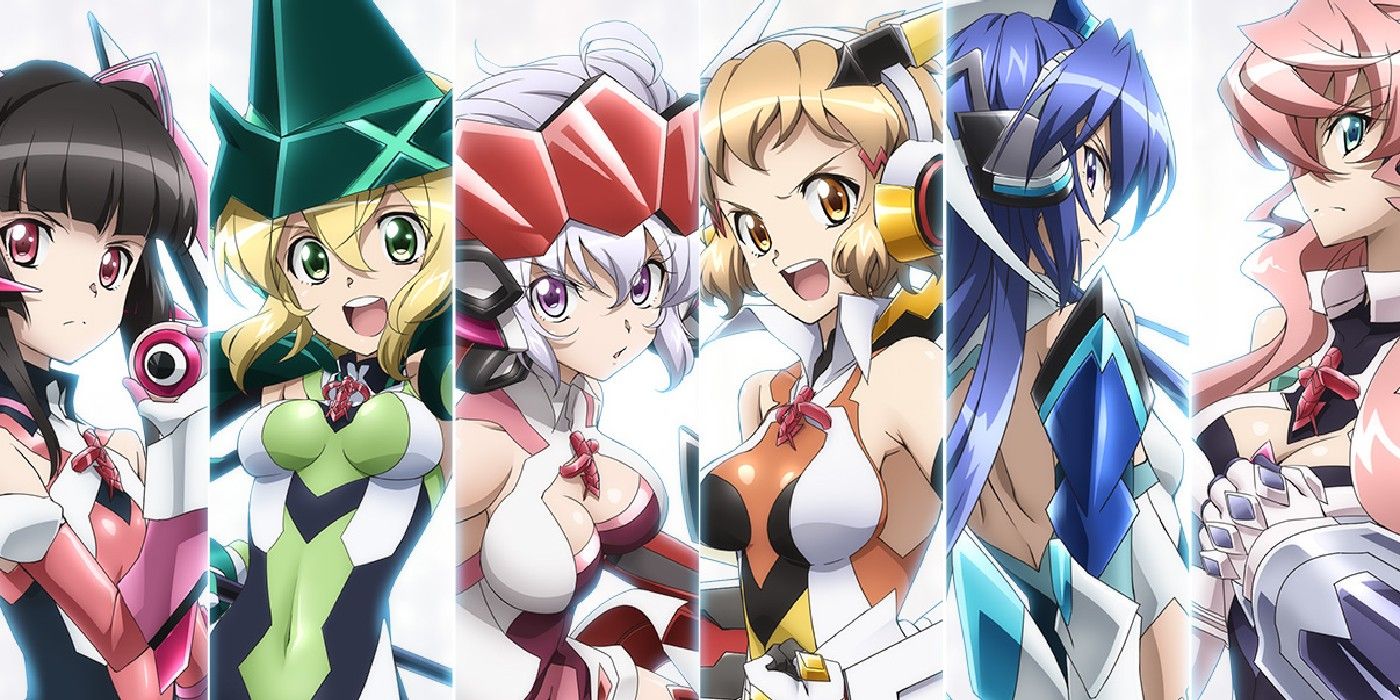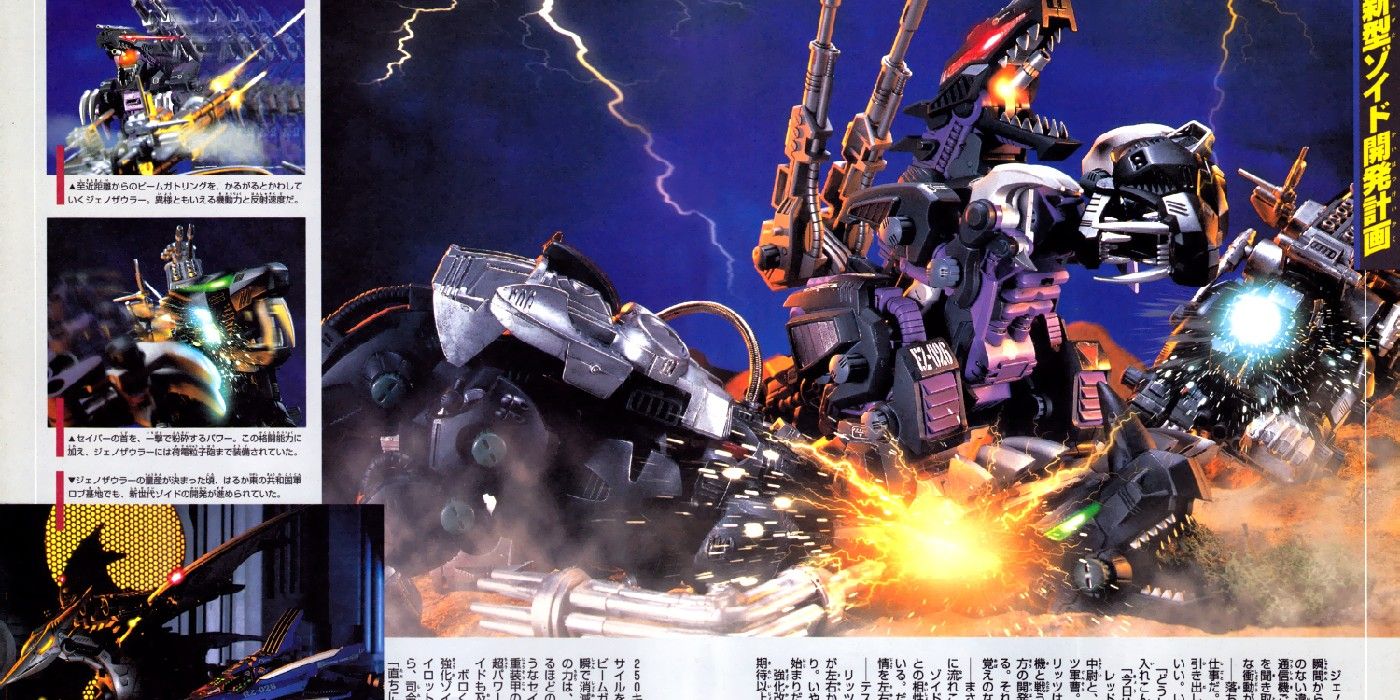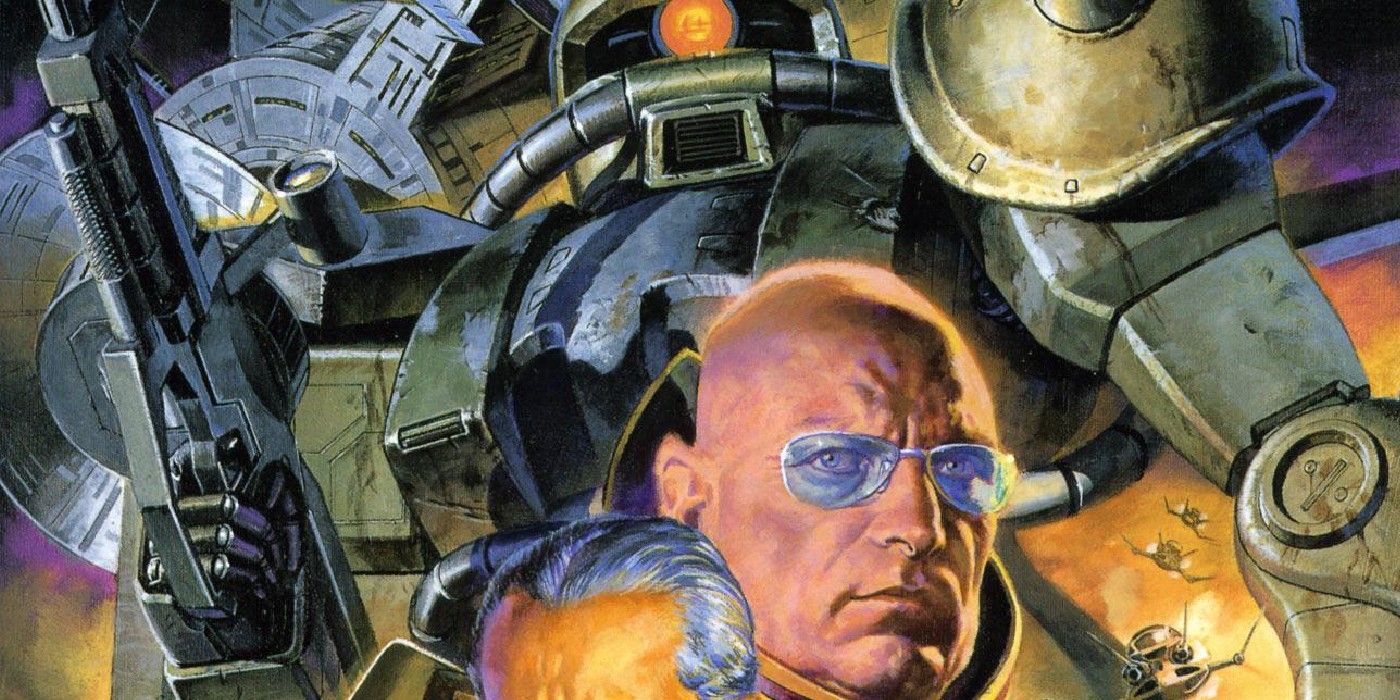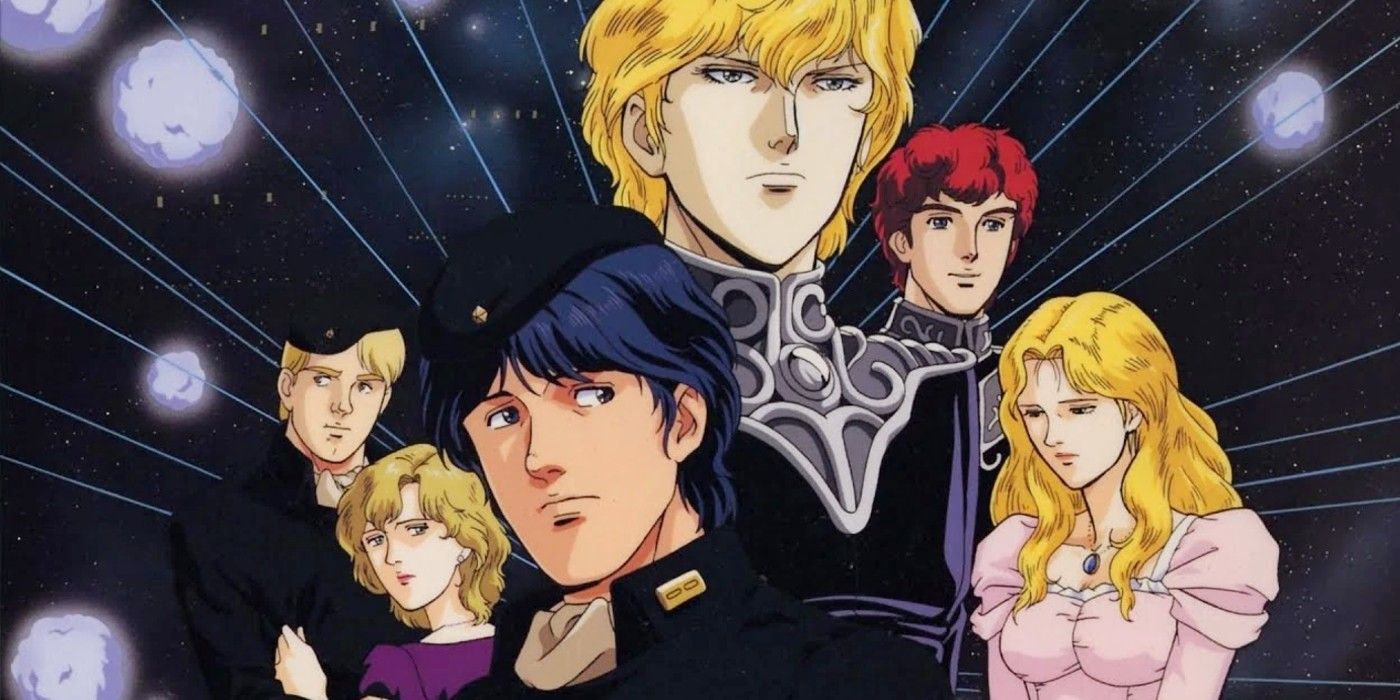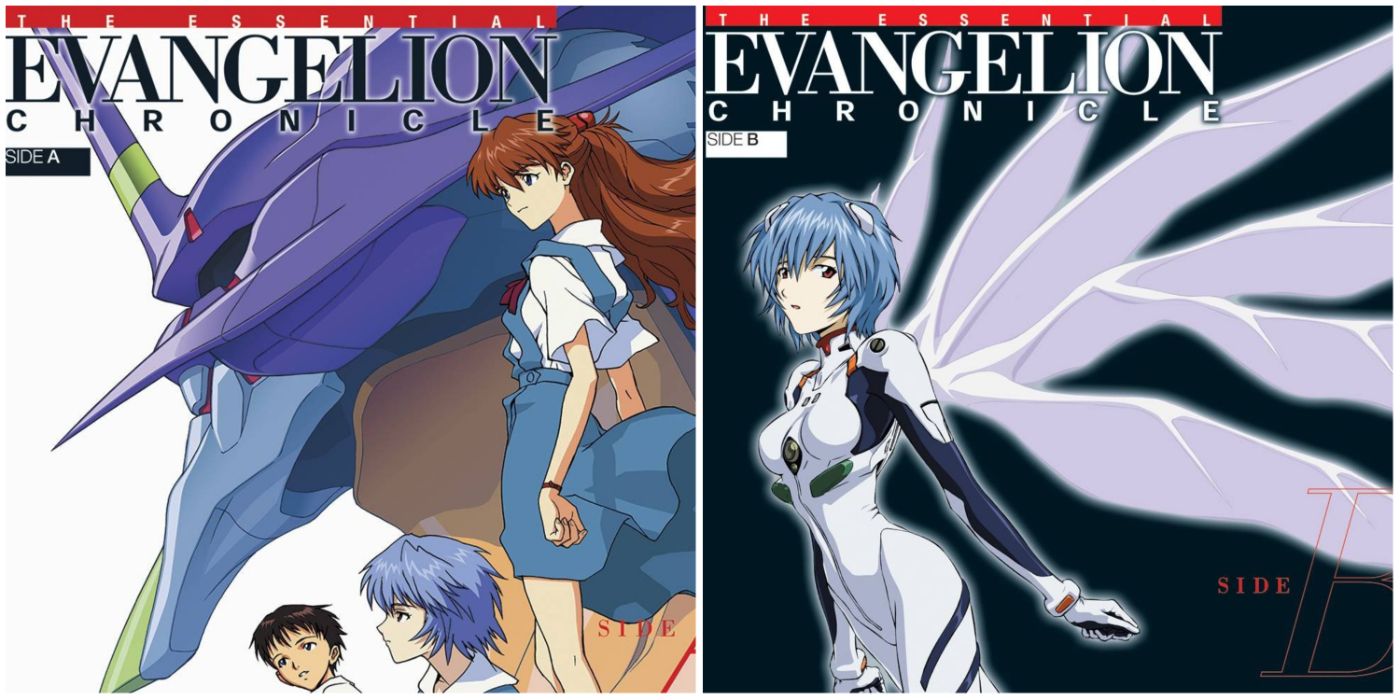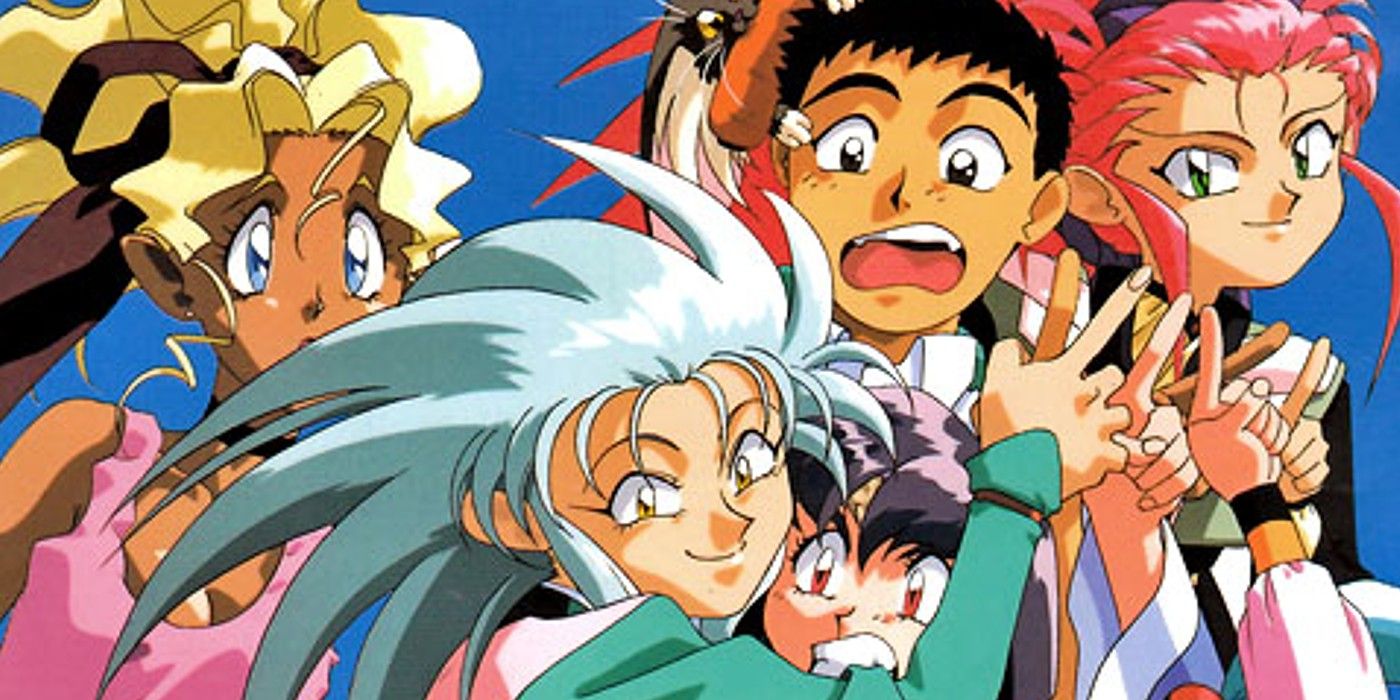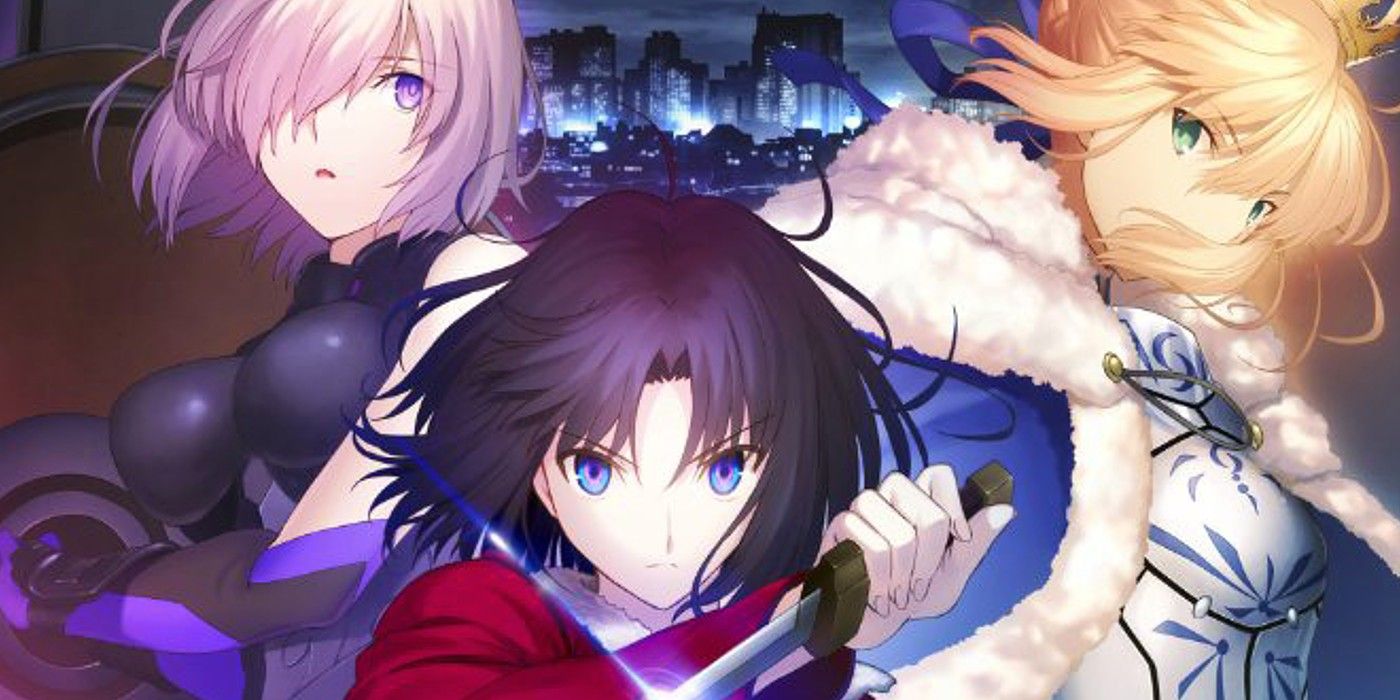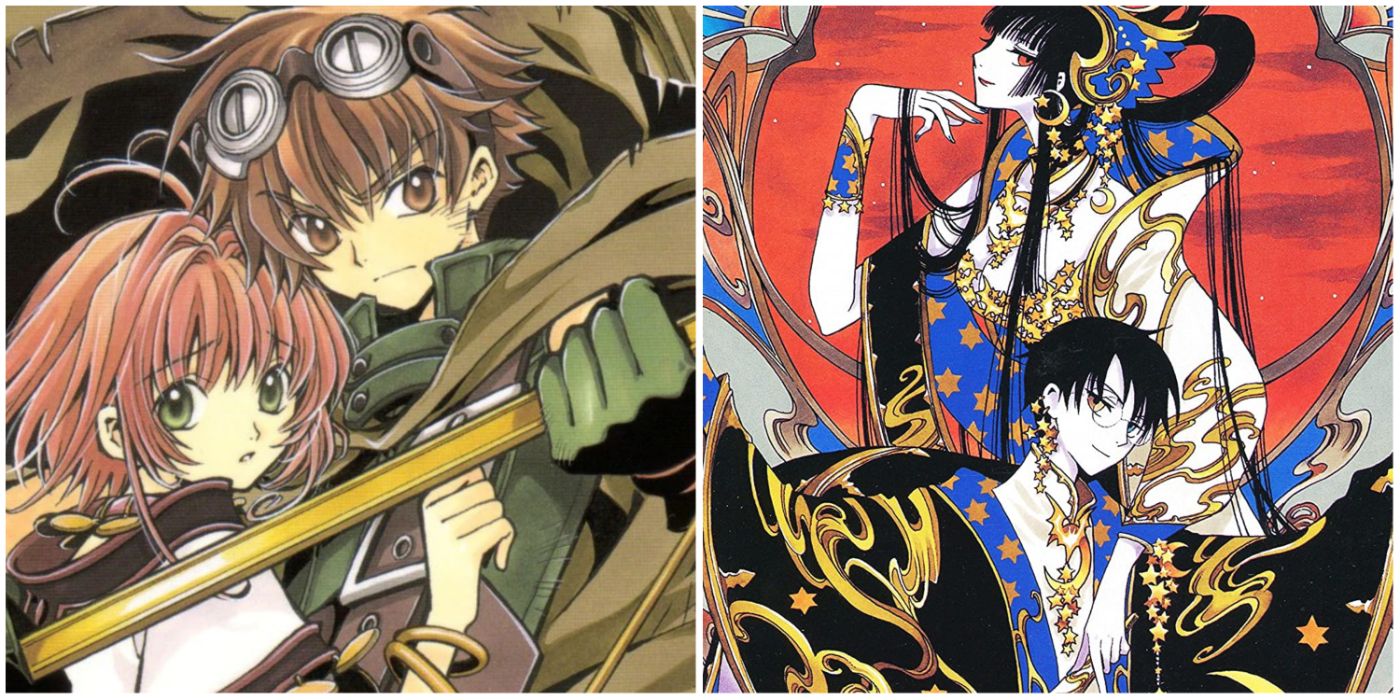Ideally, an anime (or any form of serialized storytelling, for that matter) would be a self-contained experience that gives everything that the audience needs in one concise package. That isn't the case with all anime, as some are so jam-packed with world-building and individual character arcs that the plot seeps out of the anime.
Because of how many stories these anime have to get across, their plot often leaks onto spin-offs or other forms of media. For some viewers, this is just part of the experience of enjoying an anime. But for others, sifting through canon books, manga, and more just to get the full story feels more like homework than entertainment.
10 Durarara!! Follows An Entire City's Worth Of Characters
Durarara!! isn't just the story of three focal teenagers (namely Mikado, Masaomi, and Anri) and Celty the Dullahan, but that of Ikebukuro. The anime and characters emphasize this countless times, to the point where the city itself is treated as the main character. As such, the anime is the story of how Ikebukuro affects countless lives.
Ikebukuro is a criminal haven filled with distinct denizens. Their paths seem disconnected, but they all link up in the end. As if that weren't enough, Durarara!! had to leave some arcs and characters in the light novels due to time constraints, and the Japanese DVDs have official tie-in short stories that further expanded on the characters and events.
9 Baccano! Jumped Between Three Different Timelines
When it comes to anime with more plot than audiences expected, nothing is as famous as Baccano! The otherwise straightforward period piece about 1930s America is split between three different years, and each main year has a major event at its center. What's more, each arc had its own well-defined character roster.
Every episode of Baccano! jumped between timelines, and it took some viewers a bit of adjusting before they got on the anime's wavelength. As complex as Baccano's chronology can be, it's actually a condensed adaptation of the light novels, which have even more characters and timelines that were cut for pacing and simplicity's sake.
8 Symphogear's Official Website Explains Everything
Symphogear is one of those deceptively simple anime that has a lot more going on with its lore than anyone expects. At first glance, Symphogear is just a magical girl anime with a power armor and rock music edge to it. In truth, the Symphogear armor that the girls wear is just the beginning of a complex mythology that spans millennia.
Symphogear has so much lore and mythos to explain that it can't fit it all in the anime. Instead, specific details about the armor, important keywords, and even the characters' backstories can be found on the anime's official website. Diving deep into Symphogear's world makes going through the website as mandatory as watching the anime.
7 Zoids' Main History Is Relegated To The Model Kits' Boxes
The interesting thing about the Zoids anime is that they're post-war stories. The first anime, Chaotic Century, occurs during the ceasefire between the Guylos Empire and the Helic Republic, and the preceding war can be found in the Battle Story arc. The problem is, though, Battle Story was never animated and is exclusive to the Zoid models' boxes.
Battle Story isn't just integral to Chaotic Century's timeline, but to all Zoids canon. Every Zoids anime took notes from Battle Story or has direct ties to it, especially when it comes to the Zoids' origins. Poring through the model kits' booklets or the boxes' backs is the only way to get a complete picture of Zoids' wider world and history.
6 Mobile Suit Gundam Popularized The Need For Supplementary Canon Material
Every Gundam anime is known for having so much lore and detail that they need accompanying materials to fill in the gaps, and the franchise has the original 1979 anime to thank for this tradition. On its own, Mobile Suit Gundam is already packed with world-building, story, and characters, but it only covered one specific part of the One-Year War.
The One-Year War was a galaxy-spanning conflict, and the war's other major battles and events can be found in spin-off OVAs, tie-in novels, radio dramas, and even the model kits' manuals. Mobile Suit Gundam's need to explain its setting through extra material wasn't only carried on by the Gundam franchise, but adopted by other anime as well.
5 Legend Of The Galactic Heroes Plays Out Like A History Lesson
It's pretty obvious that Legend Of The Galactic Heroes took a lot of inspiration from real-world history (especially that of World War 1), which is why its story and characters are so rich in detail. That being said, the sheer amount of in-universe history and backstories for every single named character can be daunting to most viewers.
To fully appreciate Legend Of The Galactic Heroes, a viewer must follow the long history between the Galactic Empire and the Free Planets Alliance, each faction's countless members, their individual lives, and the multi-perspective war. As challenging as it is to keep track of all these details, this iconic anime is certainly worth the effort.
4 Neon Genesis Evangelion Didn't Bother To Explain Most Of Its Lore
Neon Genesis Evangelion is one of the most polarizing anime of all time, and detractors often cite its convoluted yet vague lore as a major detriment. Evangelion has everything from an alternate history, a complex web of conspiracies, and intricate arcane mythos for the Angels, yet the anime doesn't explain much of these.
Instead, it was left to supplementary material like guidebooks and games to provide this exposition. The Rebuild movies took this up a notch by deliberately leaving a lot unexplained. This was all intentional on the creators' part since they prioritized characterizations and themes over pedantic details like the Lance of Longinus' exact origins.
3 The Tenchi Muyo! Series Comes With Tons Of Published Canon Material
On the surface, Tenchi Muyo! is a long but fairly straightforward harem anime with some fantastical elements. However, the original OVA was just the beginning of a sprawling franchise that would later be known as The Tenchiverse. In brief, The Tenchiverse comprises alternate versions of Tenchi Muyo!, and they're all considered canon.
Due to the sheer amount of multiverse housekeeping and character biographies needed, Tenchi Muyo's creator Masaki Kajishima released official material like guidebooks and manga that bridged the stories and filled the gaps. While Kajishima considers the OVAs to be the prime timeline, he welcomes all spin-offs and fan works as canon.
2 The Nasuverse Considers Everything To Be Canon
A lot has already been said and joked about how the Fate franchise is so expansive that it's impossible to know where it really ends or begins, but that's just the tip of the iceberg. All of Fate (whether it's Fate stay/night or Today's Menu For The Emiya Family) is just the most recognized part of the Nasuverse, or Kinoko Nasu's own multiverse.
The Nasuverse connects everything that Nasu made, like The Garden Of Sinners and Tsukihime. Every Nasuverse anime is technically self-contained, but they're only small pieces of a larger interconnected story. The Nasuverse's explanations can be found in light and visual novels, Nasu's blog, and more, and even those aren't enough to get the full picture.
1 Tsubasa: Reservoir Chronicle & XxxHolic's Canons Are Heavily Dependent On CLAMP's Entire Library
Tsubasa was the most ambitious project made by the CLAMP artists' collective. Tsubasa was a franchise crossover for all of CLAMP's works, like Angelic Layer, Chobits, and especially Cardcaptor Sakura. To no one's surprise, appreciating and understanding all of Tsubasa could only be done by following everything CLAMP made.
This logic also applied to xxxHolic, which started out as a Tsubasa companion piece before breaking out into its own hit. Tsubasa and xxxHolic are held together by their links to each other and CLAMP's entire canon, which makes it difficult for even the most dedicated CLAMP fans to follow the crossover's story and implications.

